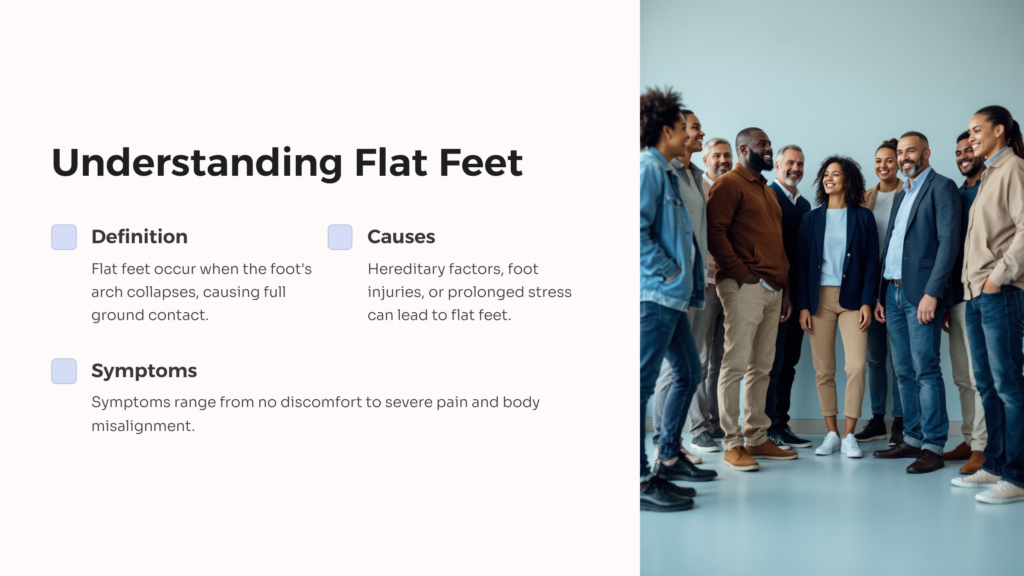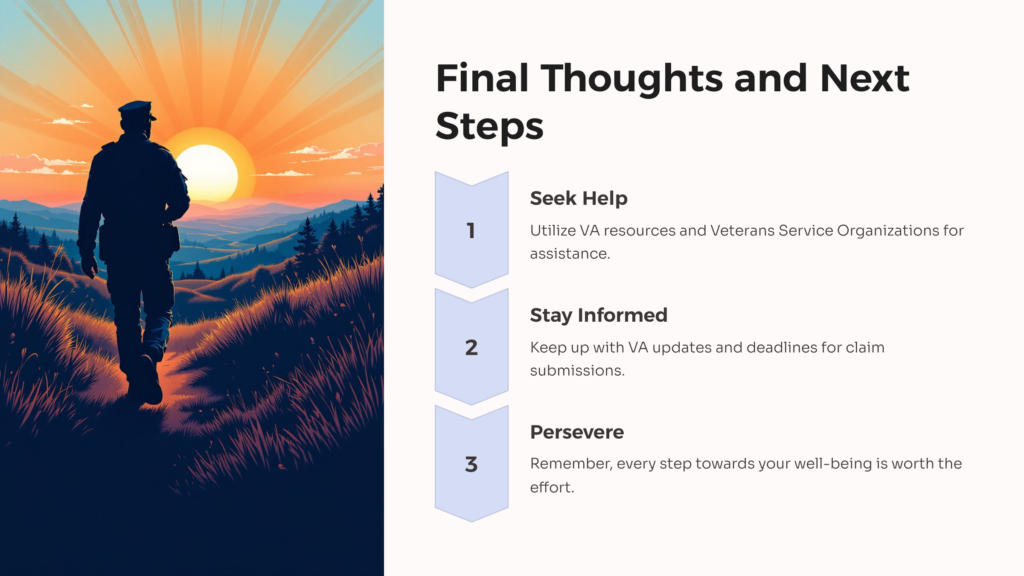Flat feet, a condition characterized by the absence or reduction of the arches in one’s feet, affects millions worldwide. Veterans are a notable subgroup impacted by this condition, with the daily demands of military service exacerbating the toll on their feet. In the United States, the Department of Veterans Affairs (VA), acknowledging the unique challenges faced by veterans, has established a rating system to categorize the extent of various disabilities experienced by service members. This article will explore the issue of flat feet specifically, delving into what the foot condition entails, its prevalence among veterans, the VA disability rating system for it, and the benefits related to its rating approval.
Understanding Flat Feet

Flat feet or “fallen arches” is a foot condition where the foot’s arch, usually raising the middle part of the foot off the ground during stance, collapses, letting the entire sole come into direct contact with the ground. It often results from hereditary factors, foot injury, or even the prolonged stress and pressure feet bear over time. Symptoms of flat feet vary among individuals. Some might experience no discomfort, while others could suffer from foot pain, particularly in the heel or arch area, swelling along the inner side of the ankle, or even back and leg pain. Due to its nature, flat feet can lead to misalignment of the body causing different complications like joint pain and musculoskeletal problems.
Flat Feet and Military Service
While flatfoot is common throughout our general population, it is even more prevalent among veterans. The physical demands of military training and combat often bear heavily on one’s feet, thereby increasing the likelihood of developing flat feet. Military boots, although designed to provide support, may not prevent the collapse of one’s arches under continuous, rigorous activities. Veterans who left service with healthy feet might find themselves developing the condition several years down the line as a delayed reaction to the stress their feet bore during service. Stories like that of a Navy veteran, who years after his active service developed painful flat feet that made walking difficult, underscore that the effects of military service on one’s feet can become disabling down the line.
Flat Feet VA Rating – How it Works
The VA uses a rating system to determine the severity of a veteran’s disabilities and how much VA disability benefits they can receive. A flat foot VA disability claim is rated under diagnostic code 5276, largely based on the symptoms, foot pain, and range of motion. The disability can be rated as mild, moderate, severe, or pronounced. Each of these degrees is generally associated with a 10%, 20%, 30%, or 50% disability rating, respectively, contingent on the severity of symptoms and the veteran’s ability or inability to work due to the condition.
Process of Applying for a Flat Feet VA Rating

Applying for a flat feet VA rating requires preparation. First, it is essential to obtain a clear diagnosis from a physician, ideally one familiar with VA’s standards, confirming both the flat feet condition and its link to military service. Next, compiling supporting documents such as your service medical record, private medical record, buddy letters, footwear prescriptions, or orthopedic consultation forms is critical. Applications can then be made on the VA’s official website via their VA disability compensation section. Deadlines for the VA disability claim submission can vary, so it’s important to stay informed through the Veterans Affairs official resources.
Tips for Getting Your Flat Feet VA Rating Approved

To facilitate the approval of your VA benefits claim, avoid common mistakes such as failing to explicitly link the condition to military service. Investing in a medical opinion to establish the likely cause as military service can be crucial to receive VA disability compensation. Veteran colleagues, forums, and attorneys can provide further advice and hints. Presenting clear evidence of how the condition impacts daily life and work capacity – both physically and economically – can strengthen your case for special monthly compensation.
Benefits You Get Once Your Flat Feet VA Rating is Approved
With an approved VA disability rating for flat feet, various benefits become accessible. These range from monthly tax-free payments to healthcare at VA medical facilities, depending on the percentage of disability compensation granted. Higher rating disabilities may qualify for additional VA disability benefits such as vocational rehabilitation or employment services, specially adapted housing grants, and more.
Final Thoughts and Tips

Struggling with flat feet can be a significant burden, rhetorically and literally. However, remember, it is okay to seek help and explore benefits due to you. Utilize available resources like the VA’s online portals, local Veterans Service Organizations (VSO), or legal professionals specializing in veteran’s disability claims. And above all, don’t let the process overwhelm you; every step towards your comfort and well-being is worth the effort.
Conclusion
Although navigating the VA system can seem daunting, obtaining your flat feet rating can transform your life for the better, financially and medically. Flatfoot, while a common condition, can pose significant challenges to veterans, exacerbated by the rigors of military service. It is an issue deserving greater attention and understanding, given the potential for combat-related aggravation and the relief that a correlating VA rating can provide.
This concludes our breakdown of the flat feet VA rating system. As a veteran struggling with flat feet, recognizing your condition, demonstrating its service connection, and correctly navigating the VA’s disability rating system can lead you to meaningful support fron VA benefits and a quality of life you’ve rightfully earned.
 AllVeteran.com Advisors
AllVeteran.com Advisors
With expertise spanning local, state, and federal benefit programs, our team is dedicated to guiding individuals towards the perfect program tailored to their unique circumstances.











